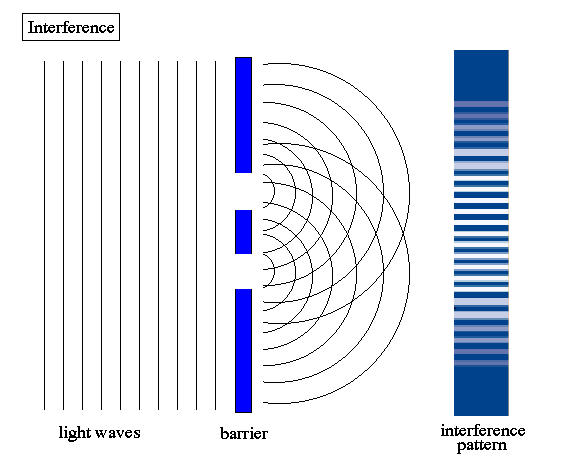You may have heard of something special about light called "wave-particle duality." Particles or waves are easy enough to figure out on their own -- one describes tidy packets, one describes a more continuous, undulating figure. So what does it mean to say something has wave-particle duality, and why is light so special?
As you might guess, wave-particle duality describes light's ability to display properties of both particles and waves. This is illustrated by what is perhaps the most famous physics experiment ever performed: the dual-slit experiment.
Designed by physicist Thomas Young in the 19th century, the dual-slit experiment launched light through a barrier with two slits,then records the resulting patterns of light on a screen.

http://abyss.uoregon.edu/~js/images/interference.gif
If, as some theorists suggested, light is a wave, then the resulting pattern should be something like what's shown above. As light passes through the slits, it would be divided into two competing waves that would interfere with each other and create a banded pattern on the screen. According to the particle theorists, though individual packets of light should be able to pass through the slits and leave precise marks on the screen.
So what actually happens? Well, the wave theorists seem to be right when the light is fired as a stream and the particle theorists seem to be right when the light is fired as individual packets. However, when Young fired individual packets at a slow rate for a long time, he noticed the same interference pattern being created as when he fired the stream. This means that interference was always present, even when the light was supposedly contained in packets.
The explanation is that those little packets of light, which are as close to particles as can be expected, are creating their own interference. In other words, they're tiny waves! This remarkable result demonstrated that light is both a wave and a particle.

